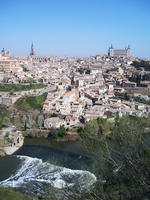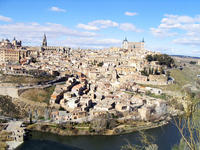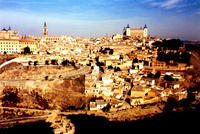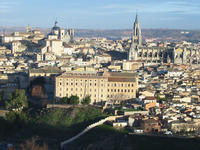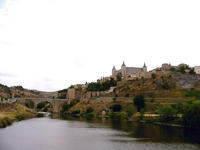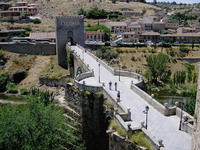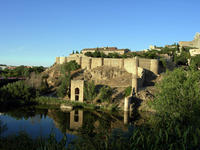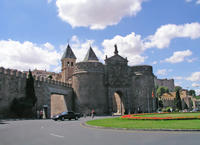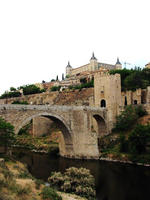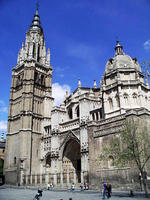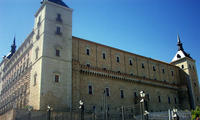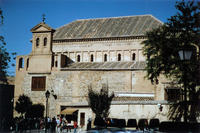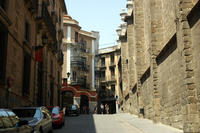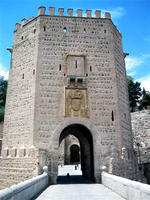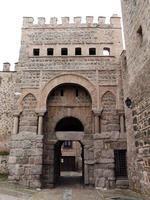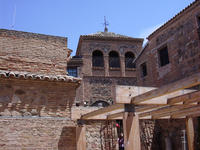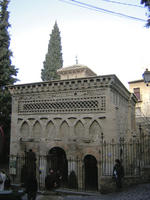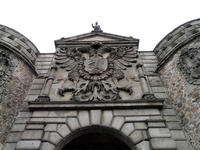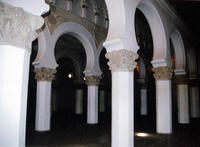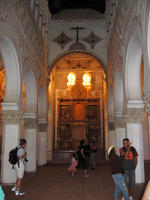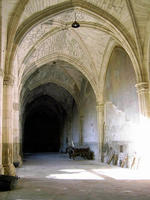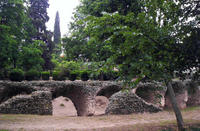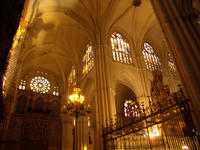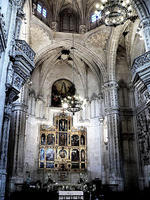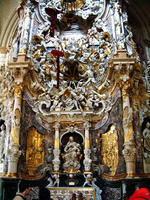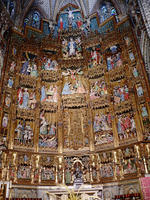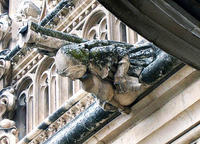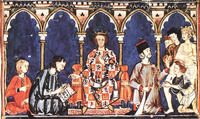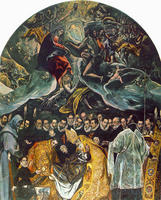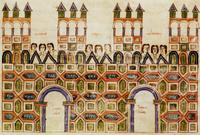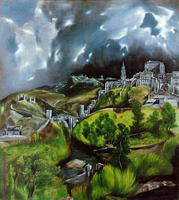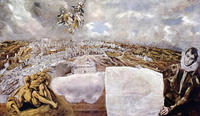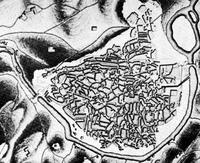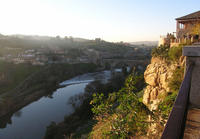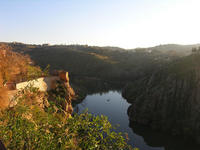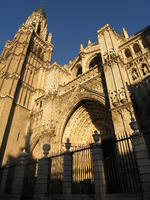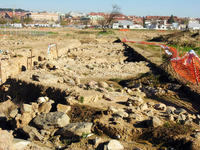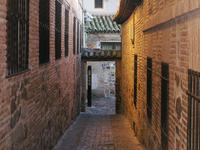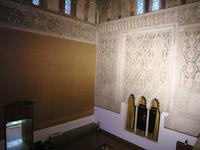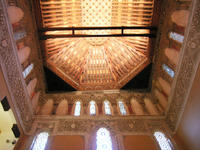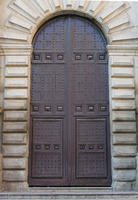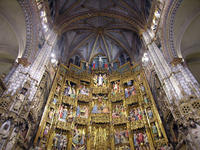You are in: Europe -> Spain -> Historic City of Toledo, and traditional search or Image Gallery will yield results of this site only
Historic City of Toledo
| Site number: | 379 |
|
| Type of site: | Cultural | |
| Date: | 16th century | |
| Date of Inscription: | 1986 | |
| Location: | Europe, Spain, Province of Toledo, Autonomous Community of Castile-La Mancha | |
Up to 75 images are shown here. Click on each for more details or on Image Gallery for more images.
Six official UN languages:
Arabic,
Chinese,
English,
French,
Russian,
Spanish
Other languages: Asturian, Bulgarian, Catalan, Croatian, Czech, Dutch, Esperanto, Finnish, Galician, German, Greek, Hebrew, Indonesian, Italian, Japanese, Ladino, Polish, Portuguese, Romanian, Serbian, Swedish, Low German
Other languages: Asturian, Bulgarian, Catalan, Croatian, Czech, Dutch, Esperanto, Finnish, Galician, German, Greek, Hebrew, Indonesian, Italian, Japanese, Ladino, Polish, Portuguese, Romanian, Serbian, Swedish, Low German
| Description: | Toledo boasts more than 2,000 years of history, having successively been a Roman municipium, the capital of the Visigothic Kingdom, a fortress of the Emirate of Cordoba, an outpost of the Christian kingdoms fighting the Moors and, in the 16th century, the provisional seat of supreme power under Charles V. Its stunning success is the result of heterogeneous civilizations thriving in an environment of three major religions – Judaism, Christianity and Islam. --WHMNet paraphrase from the description at WHC Site, where additional information is available. | |
| Toledo (Latin: Toletum; In Arabic: طليطلة Ṭulayṭela) is a city and municipality located in central Spain, 70 km south of Madrid. It is the capital of the province of Toledo and of the autonomous community of Castile-La Mancha. It was declared a World Heritage Site by UNESCO in 1986 for its extensive cultural and monumental heritage as one of the former capitals of the Spanish Empire and place of coexistence of Christian, Jewish and Moorish cultures. Many famous people and artists were born or lived in this city, including Garcilaso de la Vega, Alfonso X and El Greco, and it was the place of important historic events such as the Visigothic Councils of Toledo. As of 2005, the city has a population of 75,578 and an area of 232.1 km² (89.59 square miles). Toledo later served as the capital city of Visigothic Spain, beginning with Liuvigild (Leovigild), and was the capital until the Moors conquered Iberia in the 8th century. Under the Caliphate of Cordoba, Toledo enjoyed a golden age. This extensive period is known as La Convivencia, i.e. the co-existence of Jews, Christians, and Muslims. Under Arab rule, Toledo was called Tulaytulah (Arabic طليطلة, academically transliterated Ṭulayṭulah). On May 25, 1085 Alfonso VI of Castile took Toledo and established direct personal control over the Moorish city from which he had been exacting tribute. This was the first concrete step taken by the combined kingdom of Leon-Castile in the Reconquista by Christian forces. Toledo was famed for its production of steel and especially of swords and the city is still a center for the manufacture of knives and other steel implements. When Philip II moved the royal court from Toledo to Madrid in 1561, the old city went into a slow decline from which it never recovered. Toledo's Alcázar became renowned in the 19th and 20th centuries as a military academy. At the outbreak of the Spanish Civil War in 1936 its garrison was famously besieged by Republican forces. --Wikipedia. Text is available under the Creative Commons Attribution-ShareAlike License. | ||
| Source: | http://whc.unesco.org/en/list/379 | |
| Source2: | http://whc.unesco.org/en/list/379/video | |
| Reference: | 1. UNESCO World Heritage Center, Site Page. | |


